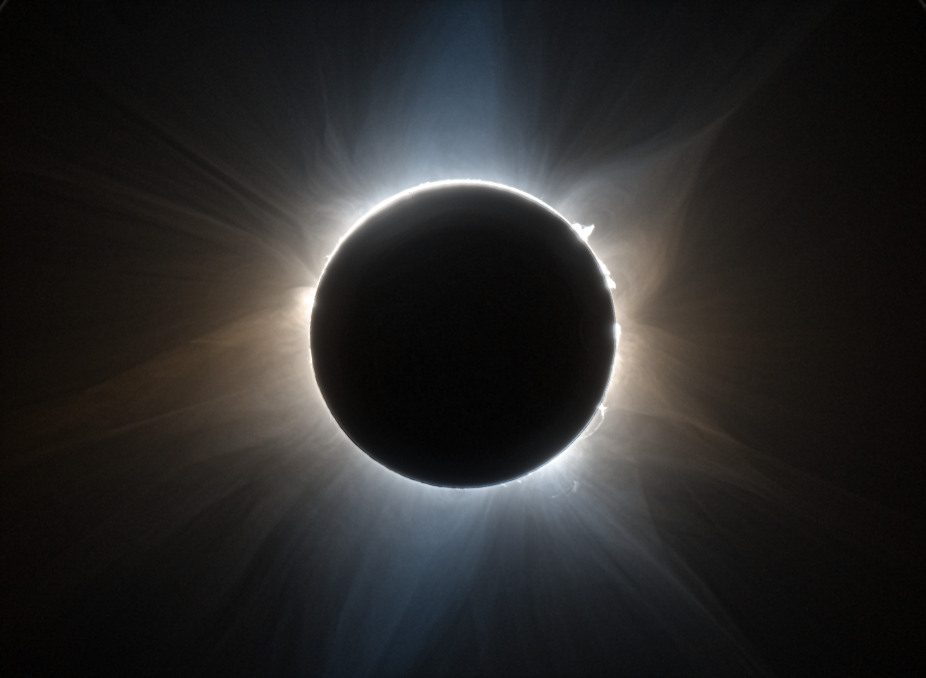When you need darkness to see the light: Total solar eclipses

Dan Seaton, SwRI/Citizen CATE 2024
5:30 – 7:00 pm MDT
“Don’t look straight at it!” is the usual advice given about our Sun, but scientists do exactly that when studying the solar corona during total solar eclipses. Next year’s total solar eclipse affords scientists a unique opportunity to conduct research on the solar corona that is not otherwise possible. The corona is several million degrees hotter than the surface of the Sun and dominated by magnetic fields that store huge amounts of energy and, when distorted, can release this energy in the form of solar flares and coronal mass ejections. These phenomena have a profound effect on the terrestrial environment, impacting communication satellites and the power grid. Measuring the corona is, therefore, crucial in being able to predict these events and protect resources from their effects. However, the corona is orders of magnitude dimmer than the surface of the Sun and under normal viewing conditions is completely overwhelmed by the surface brightness. It is only in the event of an eclipse that the corona becomes visible.
In this NSF NCAR Explorer Series Lecture, NSF NCAR scientist Dr. Paul Bryans from the High Altitude Observatory (HAO), will give a history of the efforts around observing the solar corona under eclipse conditions to unlock how the Sun affects life on Earth, how those studies can advance science and how NSF NCAR will be researching the eclipse in 2024, all while offering advice on how to make the most of your own personal eclipse experience.
Paul Bryans
Paul Bryans is a Scientist at the High Altitude Observatory of NSF NCAR, where he researches the ways the Sun affects life on Earth. To do this he uses observations from many different telescopes, both on the ground and in space, which each give unique perspectives on how the Sun’s atmosphere is evolving. Dr. Bryans has been involved with field expeditions to observe solar eclipses since 2017, including leading a team to a mountaintop in Chile. In addition to solar research, Paul has also conducted research in the fields of supernova remnants, molecular clouds, and comets.